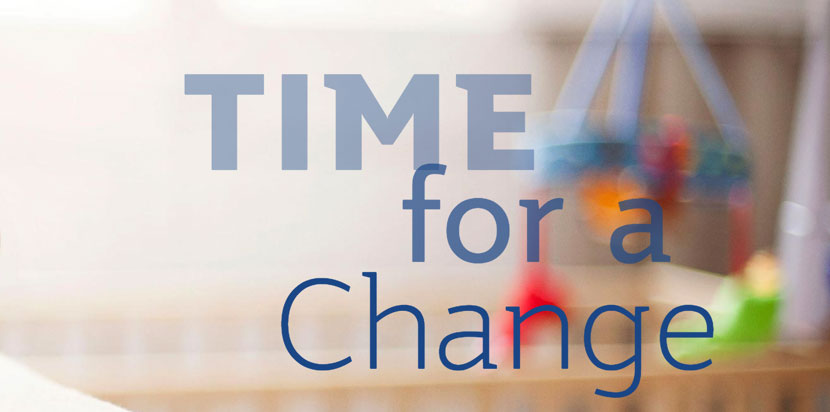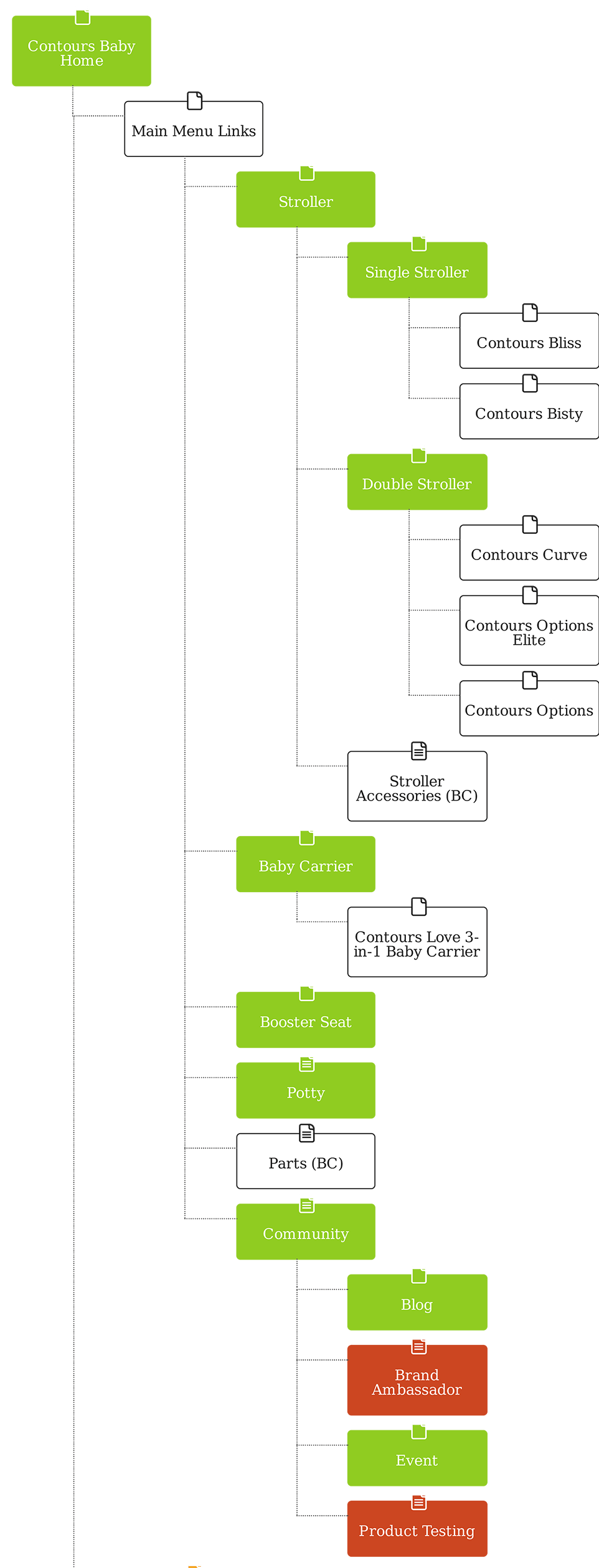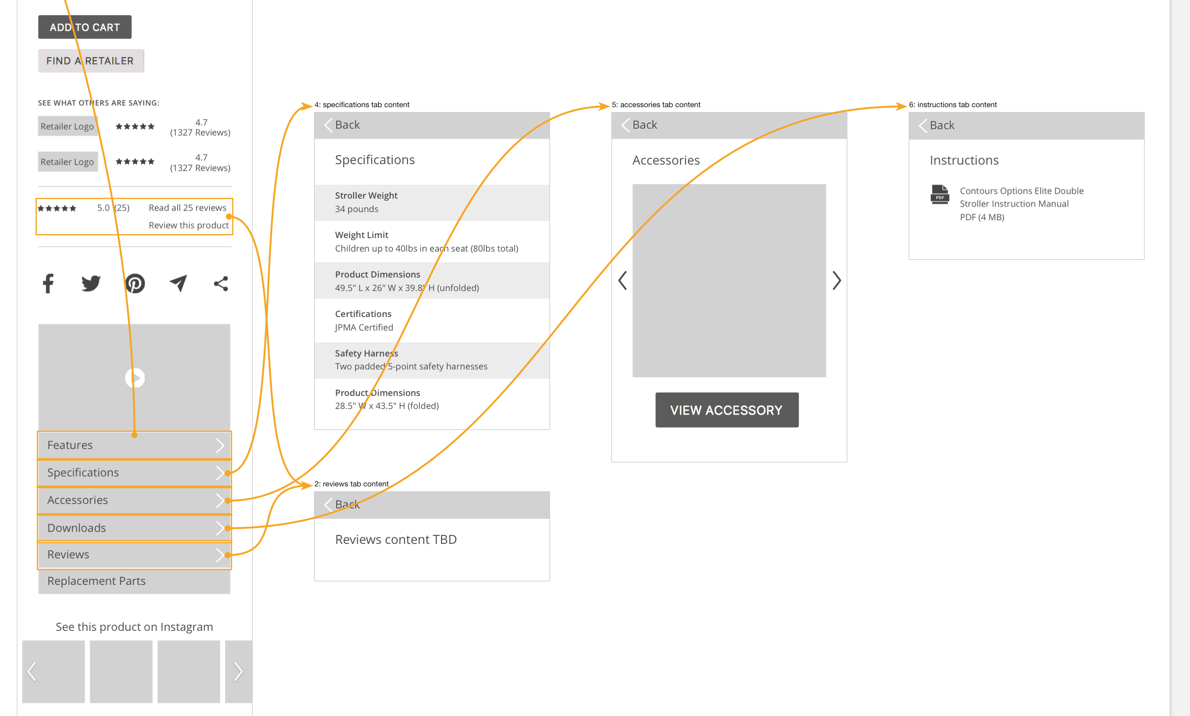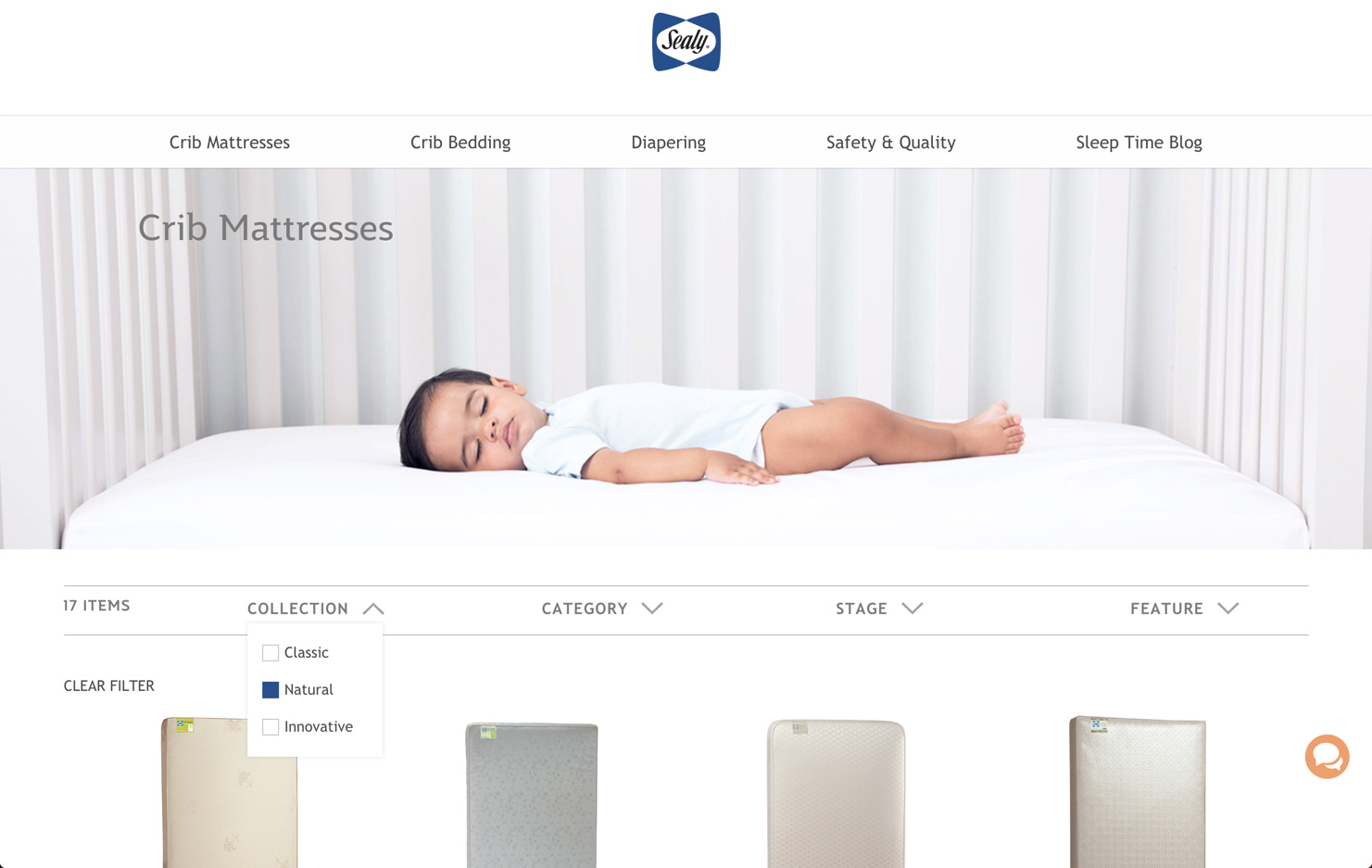Once in development, the first task was to set up a solid baseline grid for layout and typography. The 8px grid from Sketch mockups was then used in frontend code. Having 8px = 1rem allowed for finer tuning spatial relations throughout the sites. Originally responsive font scales were set with 3 sizes and 2 breakpoints. However, Kolcraft preferred to not use the largest font scale for very large screens. Since the scales were all set up in SASS with variables, it was a simple matter to drop down to 2 sizes and change the breakpoint in code.
Plumber was used to build the baseline grids–note that each theme has a slightly different ratio, based on the fonts. See this spreadsheet for the grid values.
The beauty of this system is that everything–once the ratios are established–aligns cleanly to the baseline grid. This gives harmony & balance to each page on the theme. It’s a simple matter to set layout spacing to consistent measures such as 1rem or 3rem, knowing that the next line of text will align with the adjacent element.









